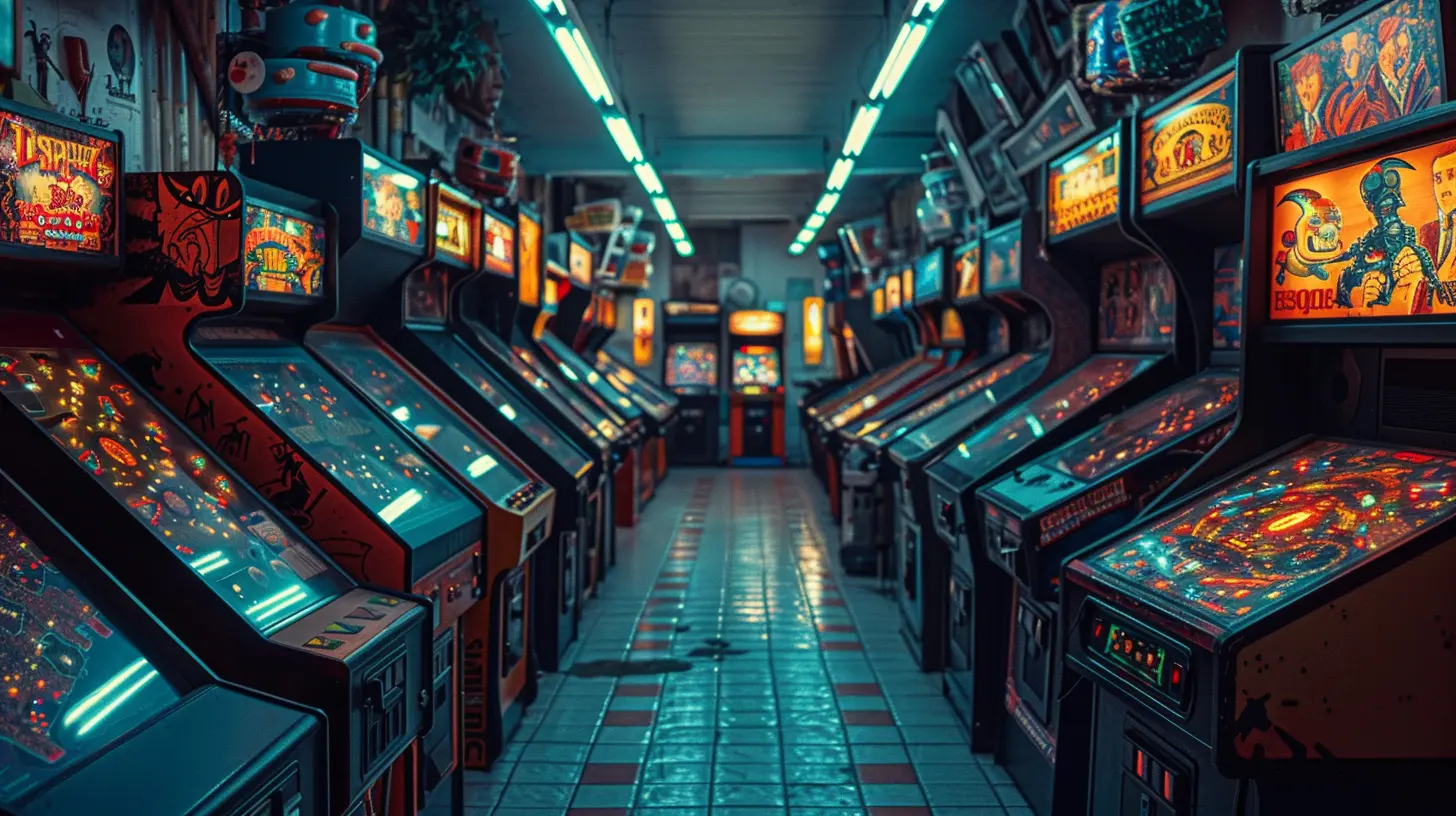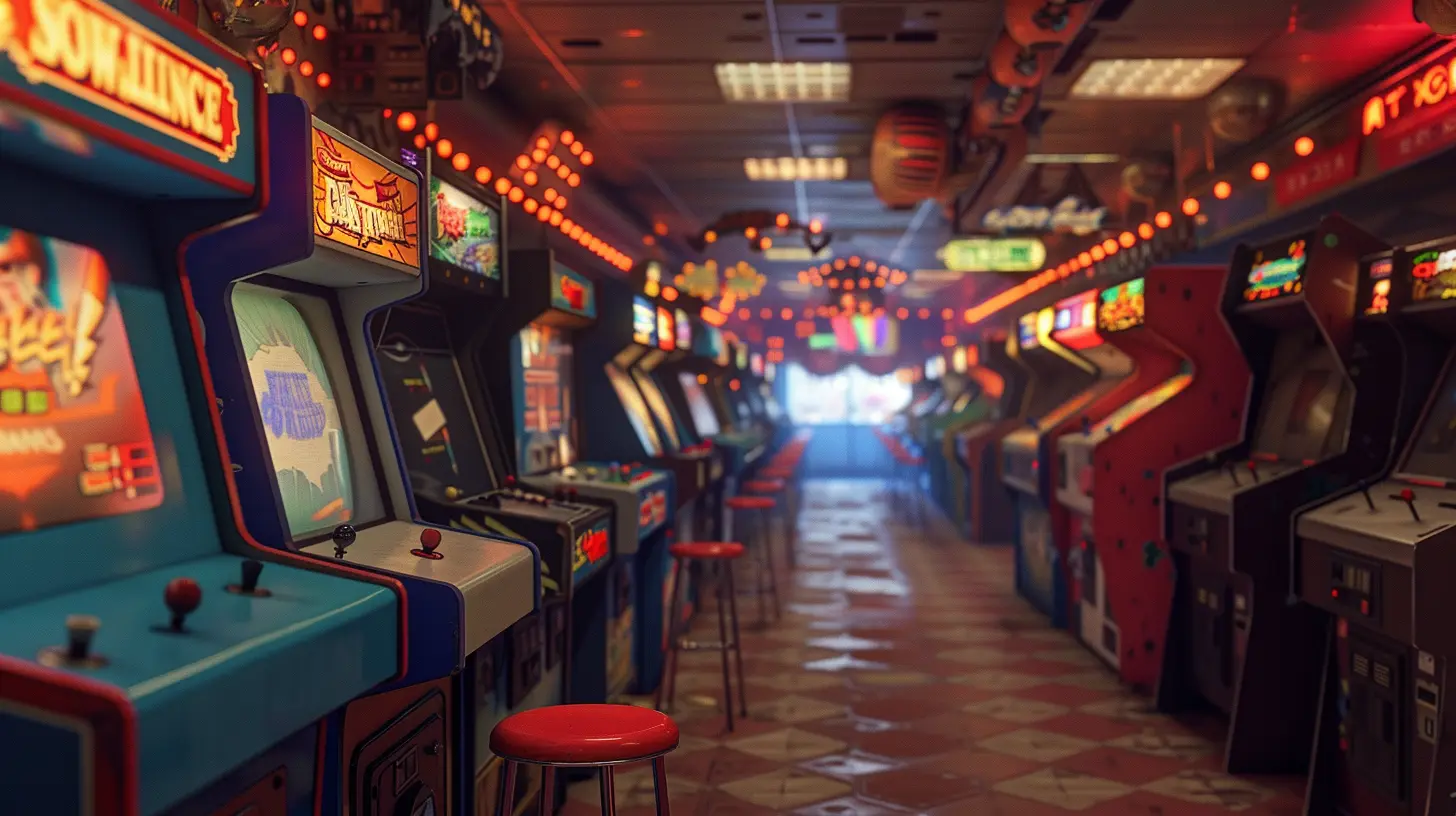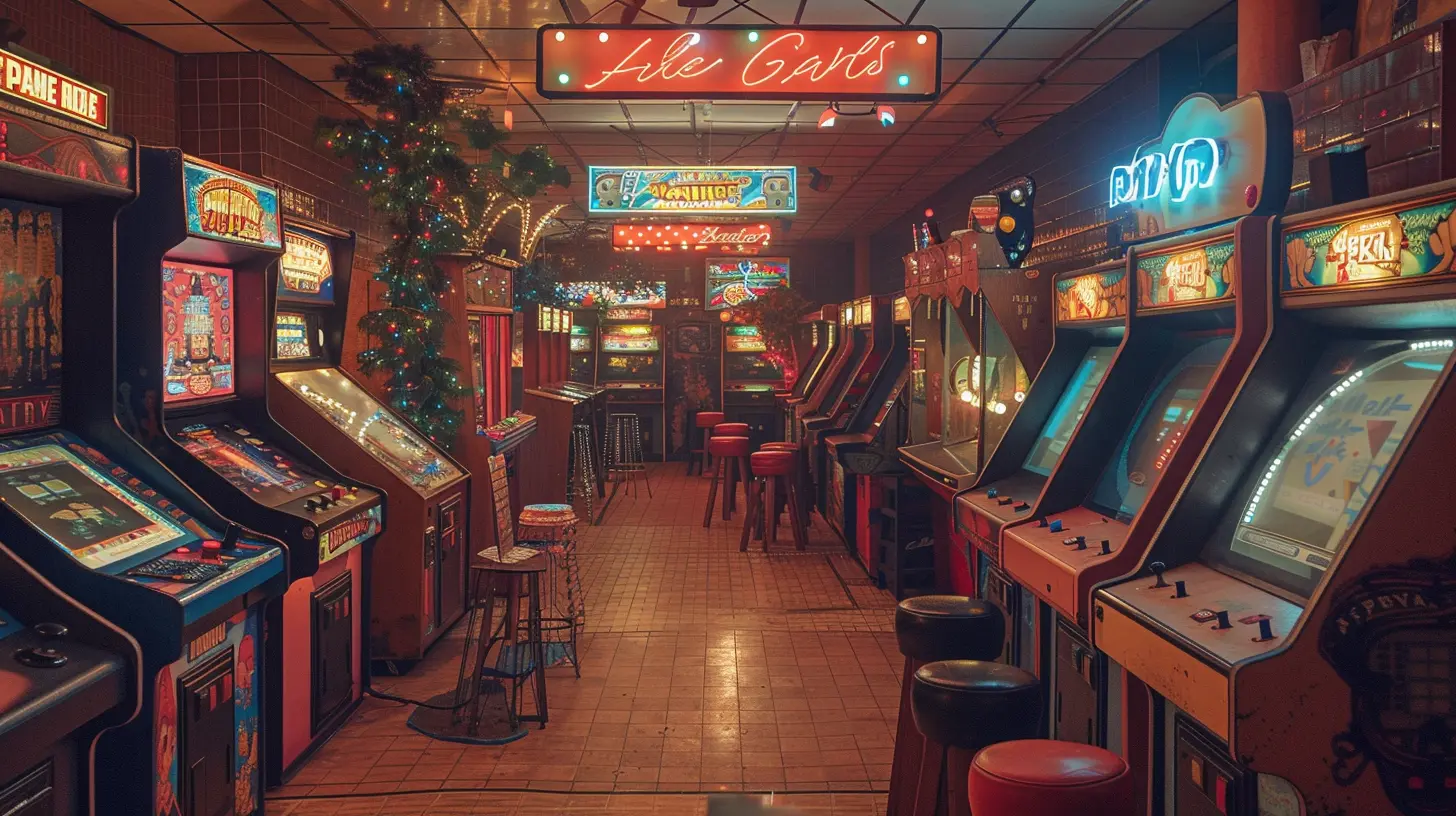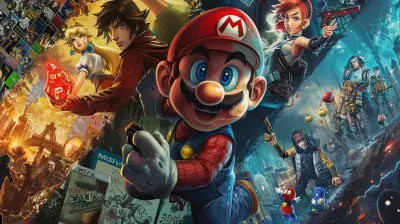Reviving the Arcade Scene: New Developers, Old Schools of Thought
17 August 2025
Remember the sweet, nostalgic chime of an arcade machine booting up? The hypnotic screens, the battle cries of Street Fighter, and the steady hum of coins sliding into slots? For years, arcades were more than just gaming dens—they were social hubs, places where communities formed over button-smashing showdowns, high-score rivalries, and the thrill of friendly competition. Sure, the golden age of arcades might feel like a distant memory, buried under a mountain of gaming consoles, esports tournaments, and online multiplayer games. But here’s the kicker: the arcade scene isn’t dead. It’s quietly staging a comeback, and trust me, you’re going to want to pay attention.
With modern developers embracing old-school philosophies, mixed with a fresh coat of creativity, the arcade scene is being reborn. Let’s dive into how exactly this revival is unfolding.
The Death and Rebirth of the Arcade Scene
For anyone who grew up in the '80s and '90s, arcades were ground zero for gaming culture. But as consoles like the PlayStation and Xbox took center stage, the once-thriving arcade culture took a nosedive. Gaming at home became more convenient, cheaper, and dare I say—a little too comfortable. The pull of online multiplayer also meant you could compete without ever leaving your couch. But here's the thing: nothing replicates the buzz of standing shoulder to shoulder with other players, crushing buttons, and celebrating your victory (or mourning your loss) in real-time.The good news? Developers today recognize this irreplaceable social aspect that arcades offer—and they’re doubling down on it. But instead of just rebooting the classics, they’re blending modern gaming technology with that old-school, quarter-fed magic. 
New Developers, Same Old Soul
Let’s get one thing straight: it’s not just about nostalgia. For developers, reviving the arcade scene isn’t about slapping some pixelated graphics onto a screen and calling it a day. It’s about capturing the spirit of arcades—the energy, the community, the challenge—and translating it into something fresh yet familiar.Take companies like Raw Thrills, for example. Founded by Eugene Jarvis (yes, the Eugene Jarvis of Smash TV and Robotron fame), Raw Thrills has been cooking up arcade hits that resonate with both old-school fans and newer generations. Games like Jurassic Park Arcade and Halo: Fireteam Raven mix iconic franchises with exhilarating, fast-paced gameplay that just screams “arcade vibes.”
Meanwhile, indie developers are getting in on the action too. Studios like Retro Raccoons or Galloping Ghost Productions are bringing a DIY ethos to arcade game development. Their approach? Stick to the core elements of what made arcades legendary—tight controls, competitive gameplay, and engaging (but never convoluted) mechanics—while pushing boundaries with modern tech.
Old-School Mechanics in a Modern World
Here’s where it gets interesting. One of the biggest reasons arcades drew us in was simplicity. You walked up, popped in a quarter, and you were immediately in the action—no loading screens, no DLC, no endless tutorials. It was pure, unadulterated fun.Modern games, while often deep and expansive, can sometimes overload players with endless systems: crafting menus, skill trees, 90-minute tutorials—the works. Don’t get me wrong, that’s great for certain types of games, but there’s something refreshingly raw about what arcades offered.
That’s why many modern arcade developers are leaning back into this simplicity. Games like Killer Queen Arcade strike a delicate balance, offering fast-paced team gameplay that’s easy to grasp but has enough depth to keep you hooked. It’s that sweet spot between casual accessibility and competitive complexity. 
The Social Element: Why It Truly Matters
Picture this: You’re in an arcade, and you’ve just knocked out your friend in the final round of Tekken. You both let out a laugh, awkward fist bumps ensue, and suddenly, someone new steps up to challenge the champ (that’s you, by the way). It’s in that moment you realize something crucial—arcades aren’t just about the games. They’re about the social experience.In an age dominated by online gaming, that kind of face-to-face interaction has become a rarity. Sure, voice chat on platforms like Discord is great, but it doesn’t quite replicate the human connection you get in person. Arcades remind us of something essential: gaming is better together.
Developers are taking this to heart by designing cabinets that encourage collaboration and competition. Killer Queen Arcade, for example, is a 10-player arcade game that thrives on teamwork. You can’t just carry the team by yourself; you’ve got to communicate, strategize, and work together—just like the old days.
The Rise of Barcades and Hybrid Spaces
Here’s the twist: the revival of arcades isn’t happening in the same dingy, fluorescent-lit basements we remember. A new breed of gaming spaces—barcades—is popping up all over the globe. These are part-arcade, part-bar, and all about creating a laid-back vibe where adults can re-live their childhood while enjoying a craft beer.Places like Barcade (with locations across the U.S.) or NQ64 in the UK have nailed this formula. They combine retro cabinets with modern music, a curated selection of drinks, and a warm, welcoming atmosphere. It’s basically nostalgia served on tap.
And let’s not forget VR arcades. These spaces use cutting-edge virtual reality tech to create immersive, larger-than-life experiences that no home setup can match. Think of them as the evolution of arcade gaming—same community spirit, but with mechanics that feel straight out of a sci-fi movie.
Retro Gaming Meets Esports
If we’re talking about the arcade revival, we’ve got to give a nod to how the esports scene is playing into it. Competitive gaming owes a lot to the arcades of yesteryear, where fighting games like Street Fighter II and Mortal Kombat birthed the very idea of local tournaments.Now, we’re seeing retro classics like Super Smash Bros., Tetris, and even Pac-Man making waves in modern esports brackets. This crossover is drawing younger crowds to the retro arcade world while giving older gamers a reason to dust off their skills. Arcades, once considered relics of the past, are now battle arenas for the esports age.
Challenges Along the Way
Okay, so not everything is sunshine and rainbows in this arcade renaissance. There are challenges—big ones.For starters, arcade cabinets are expensive to produce and maintain. In a world where gaming happens on devices we already own (consoles, PCs, smartphones), convincing people to step out and spend money on arcade experiences isn’t easy. Post-pandemic, it’s even trickier to get people into public spaces.
Then there’s the audience problem. Sure, the hardcore fans are still out there, but what about newer generations who’ve never set foot in an arcade? How do you convince a kid who grew up on Fortnite and Roblox that banging buttons on an old-school cabinet is worth their time?
It’s a tough sell, but developers and venue owners are betting on one thing: the experience. No console, no VR headset, no online match can fully recreate the hype and energy you feel in an arcade.
Final Thoughts: Is This the Revival We’ve Been Hoping For?
So, is the arcade scene making a full-on comeback? Maybe, maybe not—but it’s a start. What’s clear is that the love for arcades hasn’t faded. If anything, it’s evolving, adapting to the times while staying true to its roots.New developers bring the innovation, but it’s the old-school philosophies—simple mechanics, social gameplay, and local competition—that are breathing new life into arcades. Whether it’s through barcades, retro tournaments, or futuristic VR experiences, the heart of the arcade lives on.
So, next time you see a gleaming arcade cabinet tucked away in a bar corner or hear about an indie developer pouring their soul into a retro-inspired game, give it a shot. Who knows? You might just find yourself hooked, just like the good old days.
all images in this post were generated using AI tools
Category:
Arcade GamesAuthor:

Francesca West
Discussion
rate this article
1 comments
Noemi McBride
Exciting blend of nostalgia and innovation! Can't wait to see new arcades thrive!
August 19, 2025 at 4:56 AM

Francesca West
Thank you! We're thrilled to bring a fresh take on classic experiences and help arcades flourish again!


